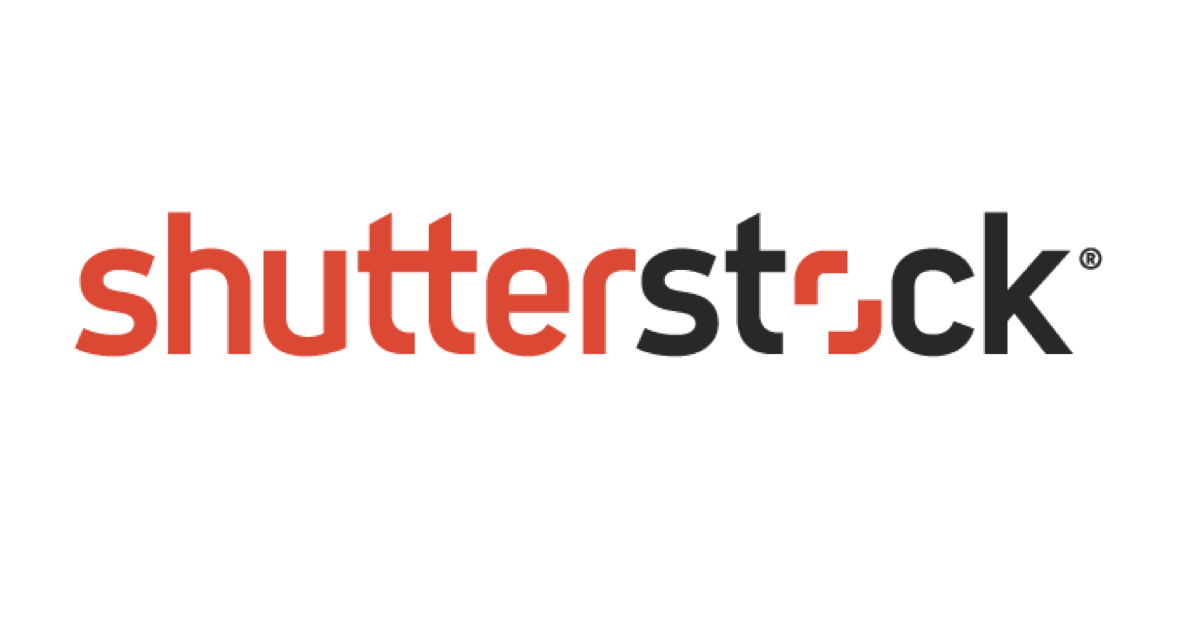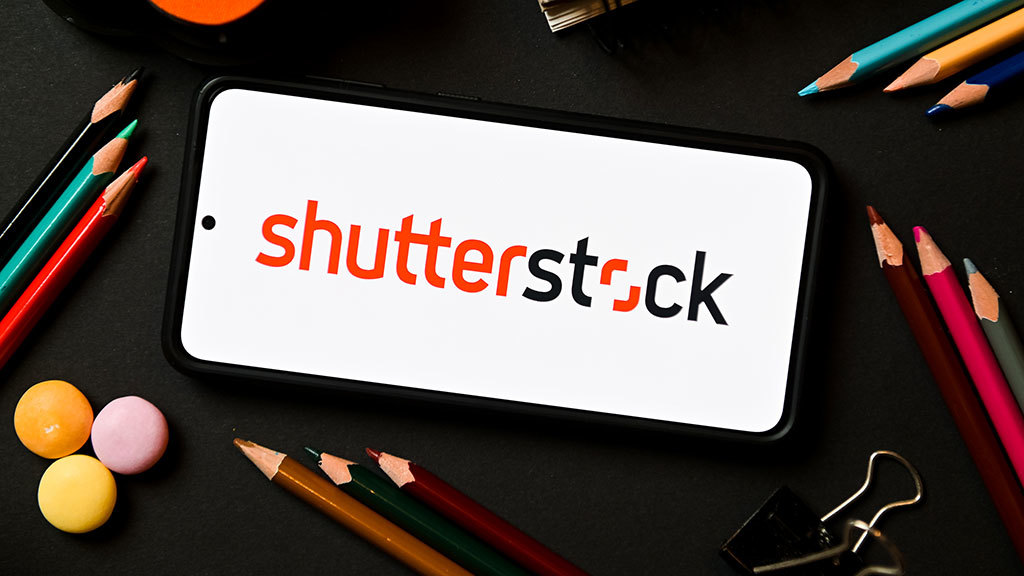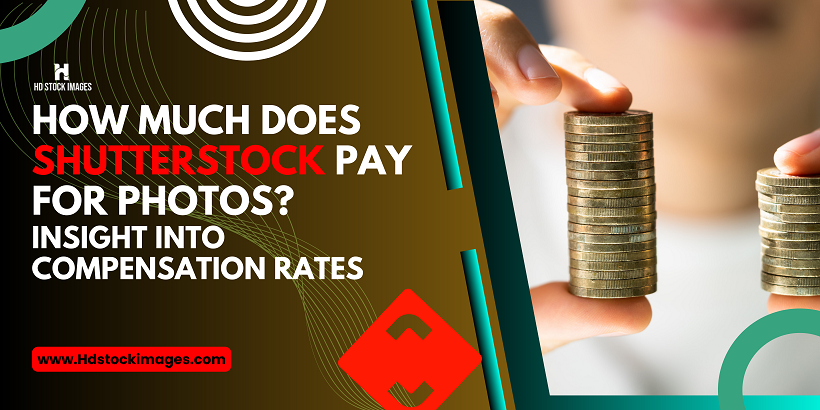1. Introduction
In the world of stock photography, Shutterstock is a well-known and widely used platform for photographers to showcase and sell their images. Whether you're a professional photographer or an amateur enthusiast, understanding how much Shutterstock pays for photos is essential when considering it as a potential income source. In this blog post, we'll delve into the compensation rates offered by Shutterstock, providing valuable insights into how much you can earn as a contributor.By gaining insight into Shutterstock's compensation rates, photographers can make informed decisions about whether to join the platform and optimize their earnings potential. Let's explore the intricacies of Shutterstock's compensation structure and discover the factors that influence the rates paid to contributors.Also Read This: How to Upload Your Photos to Getty Images: A Step-by-Step Tutorial
2. Understanding Shutterstock's Contributor Program
 Shutterstock offers a contributor program that allows photographers to upload and license their images to customers worldwide. This program provides numerous benefits for photographers looking to monetize their work.To become a Shutterstock contributor, you need to create an account and submit a selection of your best images for review. The review process ensures that the images meet quality standards and adhere to technical specifications. Once accepted, you gain access to a vast customer base and can start earning money through the licensing of your images.Participating in Shutterstock's contributor program offers several advantages. Firstly, it provides a global platform to showcase your work, reaching a wide audience of potential buyers. Secondly, it allows you to generate passive income by selling the rights to use your images. Finally, it offers opportunities for exposure and recognition in the photography community.However, it's important to note that becoming a contributor requires meeting certain requirements. These may include image quality standards, adherence to legal and copyright guidelines, and compliance with technical specifications provided by Shutterstock. Understanding and meeting these requirements will ensure a smooth onboarding process and increase your chances of success as a Shutterstock contributor.
Shutterstock offers a contributor program that allows photographers to upload and license their images to customers worldwide. This program provides numerous benefits for photographers looking to monetize their work.To become a Shutterstock contributor, you need to create an account and submit a selection of your best images for review. The review process ensures that the images meet quality standards and adhere to technical specifications. Once accepted, you gain access to a vast customer base and can start earning money through the licensing of your images.Participating in Shutterstock's contributor program offers several advantages. Firstly, it provides a global platform to showcase your work, reaching a wide audience of potential buyers. Secondly, it allows you to generate passive income by selling the rights to use your images. Finally, it offers opportunities for exposure and recognition in the photography community.However, it's important to note that becoming a contributor requires meeting certain requirements. These may include image quality standards, adherence to legal and copyright guidelines, and compliance with technical specifications provided by Shutterstock. Understanding and meeting these requirements will ensure a smooth onboarding process and increase your chances of success as a Shutterstock contributor.Also Read This: How to Submit Photos to Getty Images: A Complete Guide for Beginners
3. Factors Affecting Shutterstock's Compensation Rates
 The compensation rates for photographers on Shutterstock are influenced by several factors. Understanding these factors is crucial in determining how much you can earn as a contributor. Let's explore the key elements that impact Shutterstock's compensation rates:Image Quality and Technical Specifications: The quality of your images plays a significant role in determining their marketability and potential earnings. High-resolution, well-composed, and technically sound images have a better chance of attracting buyers and commanding higher compensation rates.Image Licensing Options and Usage: Shutterstock offers various licensing options to customers, including commercial and editorial licenses. The licensing type and usage rights granted to customers affect the compensation rates for photographers. Commercial licenses typically yield higher earnings compared to editorial licenses.Contributor Level and Earnings Tiers: Shutterstock operates on a contributor level system, based on the number of downloads and revenue generated. As you progress to higher contributor levels, you unlock additional benefits and potentially earn higher compensation rates. Earnings tiers are also influenced by factors such as exclusivity and the number of images in your portfolio.Demand and Popularity of Specific Image Categories: The demand for specific image categories fluctuates over time. Images in popular and high-demand categories, such as technology, lifestyle, and business, often have higher earning potential. Keeping an eye on market trends and customer preferences can help you align your portfolio with the most in-demand subjects.Considering these factors will give you a better understanding of how Shutterstock determines compensation rates for photographers. Now, let's dive into the actual rates and structures offered by Shutterstock to its contributors.
The compensation rates for photographers on Shutterstock are influenced by several factors. Understanding these factors is crucial in determining how much you can earn as a contributor. Let's explore the key elements that impact Shutterstock's compensation rates:Image Quality and Technical Specifications: The quality of your images plays a significant role in determining their marketability and potential earnings. High-resolution, well-composed, and technically sound images have a better chance of attracting buyers and commanding higher compensation rates.Image Licensing Options and Usage: Shutterstock offers various licensing options to customers, including commercial and editorial licenses. The licensing type and usage rights granted to customers affect the compensation rates for photographers. Commercial licenses typically yield higher earnings compared to editorial licenses.Contributor Level and Earnings Tiers: Shutterstock operates on a contributor level system, based on the number of downloads and revenue generated. As you progress to higher contributor levels, you unlock additional benefits and potentially earn higher compensation rates. Earnings tiers are also influenced by factors such as exclusivity and the number of images in your portfolio.Demand and Popularity of Specific Image Categories: The demand for specific image categories fluctuates over time. Images in popular and high-demand categories, such as technology, lifestyle, and business, often have higher earning potential. Keeping an eye on market trends and customer preferences can help you align your portfolio with the most in-demand subjects.Considering these factors will give you a better understanding of how Shutterstock determines compensation rates for photographers. Now, let's dive into the actual rates and structures offered by Shutterstock to its contributors.Also Read This: 123RF vs Shutterstock: Determining the Ideal Stock Photography Platform
4. Compensation Rates for Shutterstock Contributors
Shutterstock employs various compensation structures to reward its contributors. Understanding these structures will give you insight into how much you can expect to earn as a Shutterstock contributor. Here are the key aspects of Shutterstock's compensation rates:Royalties: Shutterstock pays contributors a royalty for each licensed image download. The royalty rate depends on your contributor level and can range from 15% to 40% of the sale price. Higher contributor levels generally come with higher royalty rates, allowing you to earn more as your portfolio and sales grow.On-Demand Downloads: In addition to royalties, Shutterstock offers on-demand downloads, where customers can purchase images individually without a subscription. The compensation for on-demand downloads varies based on the customer's subscription status, the image size, and the contributor's level. On-demand downloads can contribute significantly to your earnings.Enhanced License Sales: Enhanced licenses grant customers additional rights to use the images, often for commercial purposes. When your images are licensed with an enhanced license, you can earn higher compensation compared to standard licenses. Enhanced license sales can provide a significant boost to your overall earnings.It's important to note that compensation rates can vary based on the customer's location and the specific subscription or licensing plan they choose. Additionally, factors like exclusivity and participation in Shutterstock's partner programs may open up additional earning opportunities.To get a clearer understanding of your potential earnings, Shutterstock provides a detailed earnings summary and analytics dashboard that allows you to track your sales, downloads, and royalties.By familiarizing yourself with Shutterstock's compensation structures and tracking your performance, you can optimize your earnings as a contributor on the platform.We are excited to announce our new offering to provide Enterprise customers with full indemnification for the license and use of generative AI images on the Shutterstock platform. Learn more: https://t.co/1ee6HzXJhT pic.twitter.com/zfIUhgAxxG
— Shutterstock (@Shutterstock) July 6, 2023

 admin
admin








